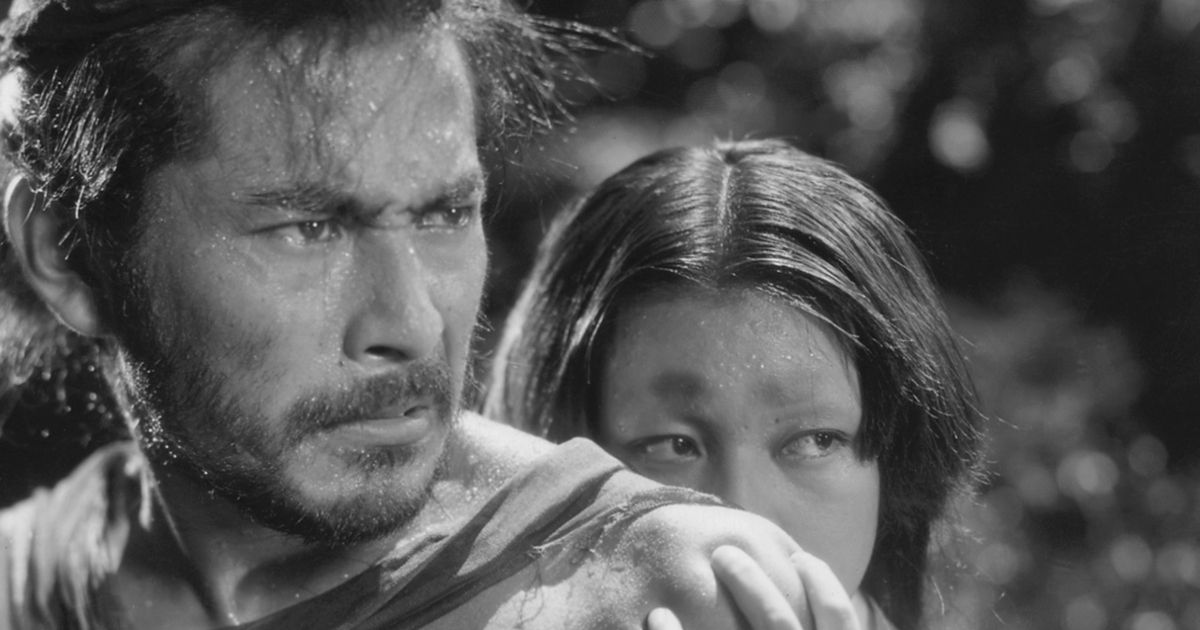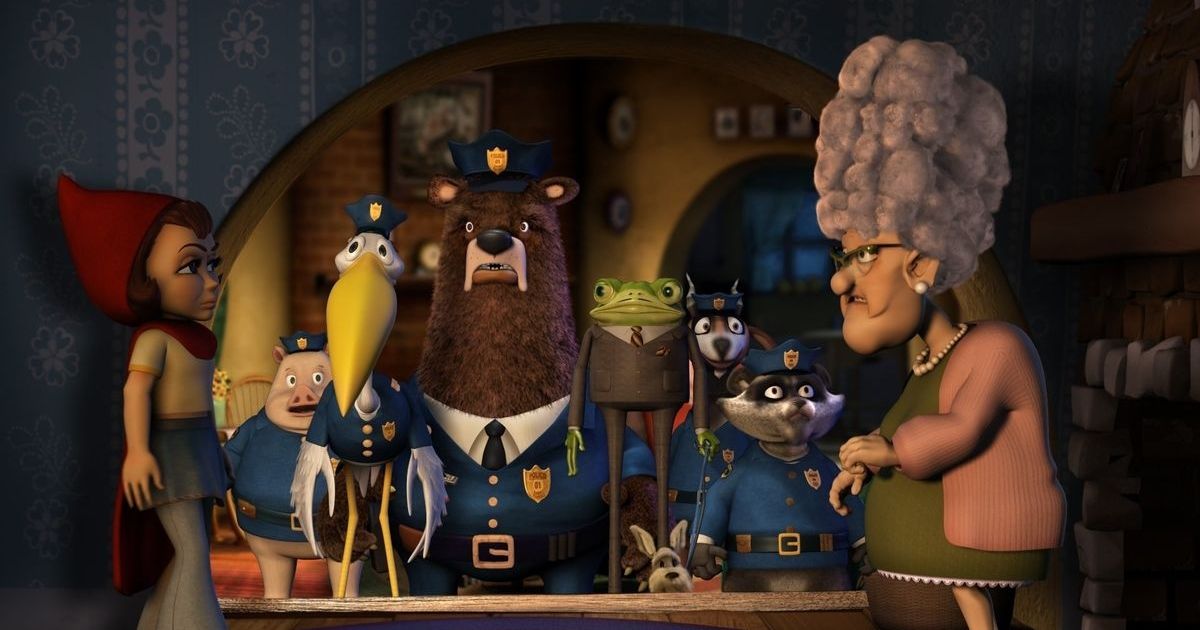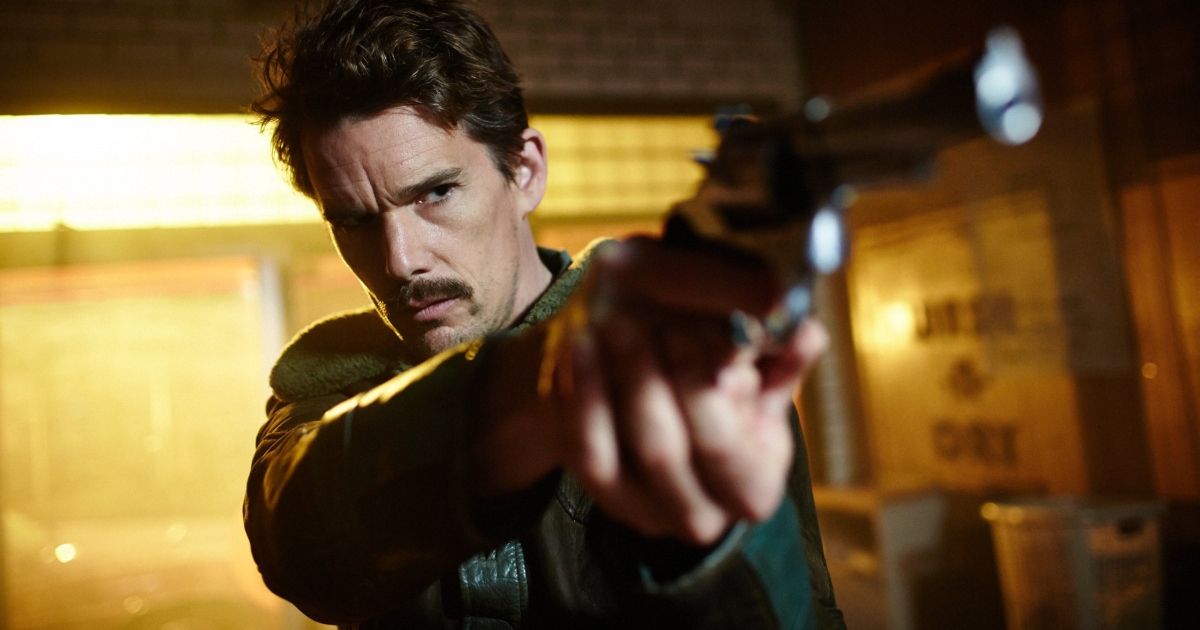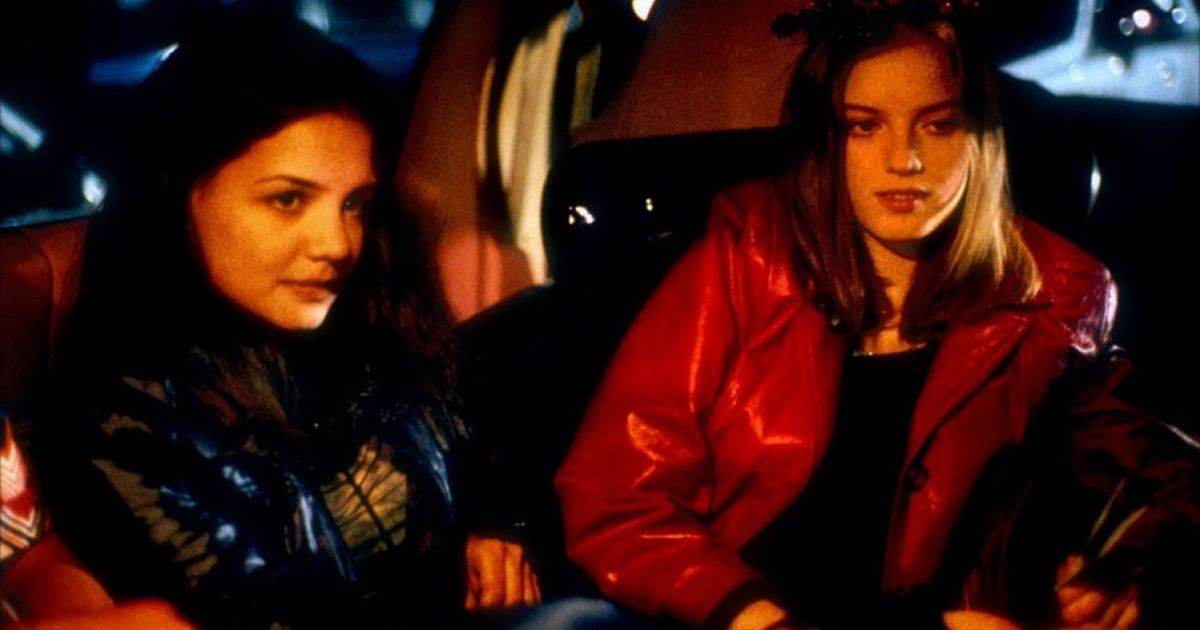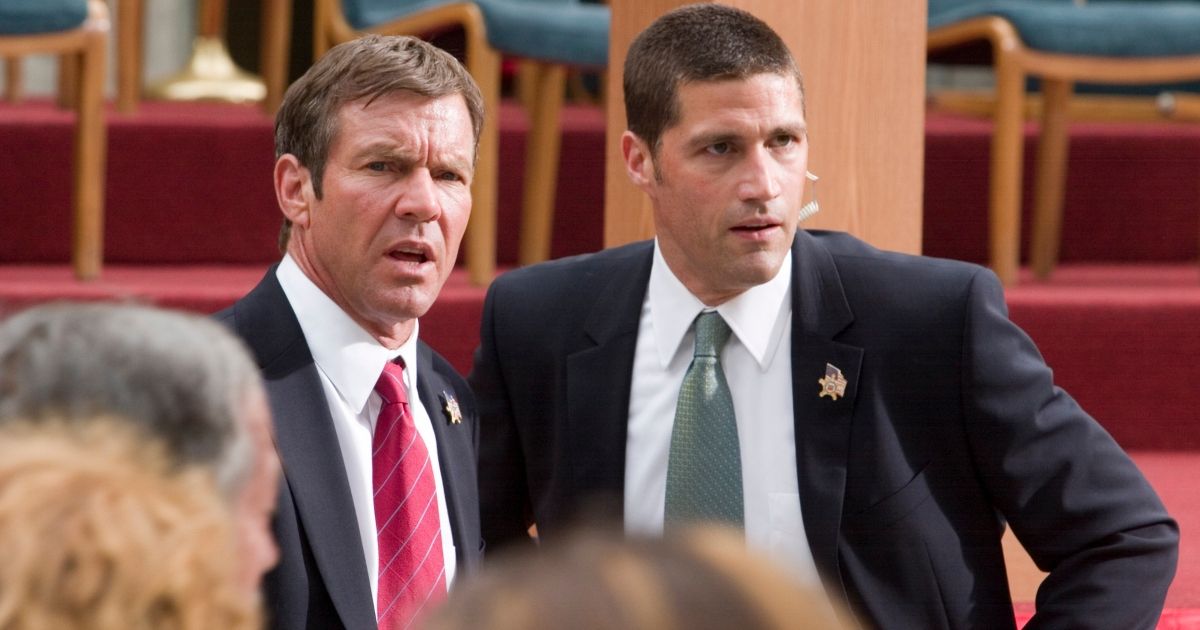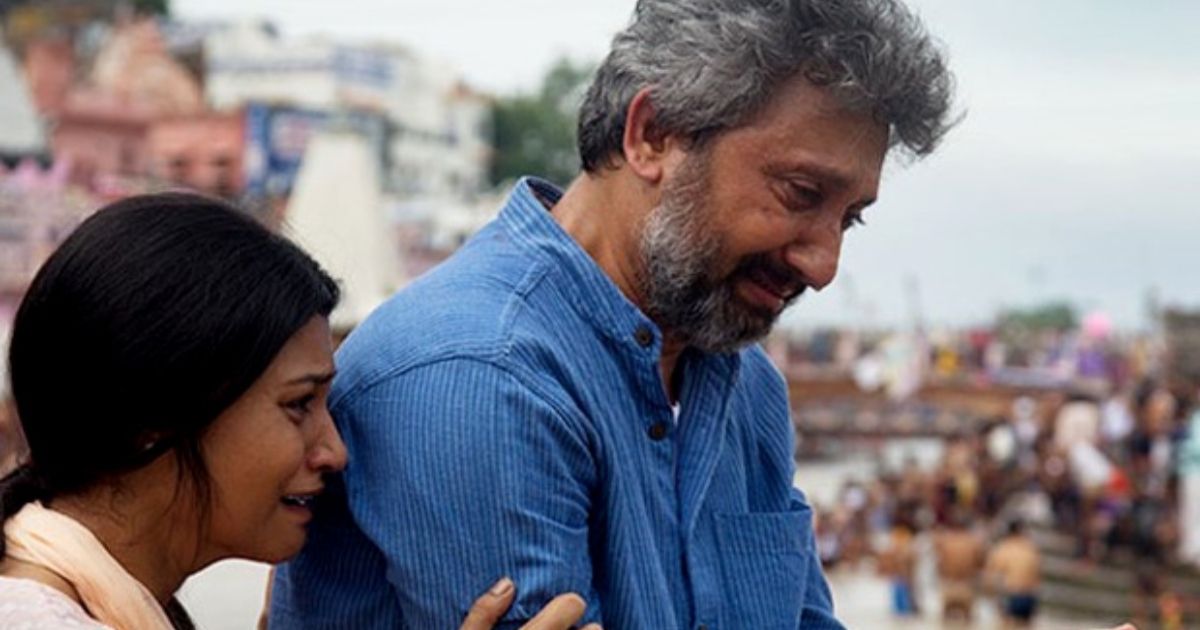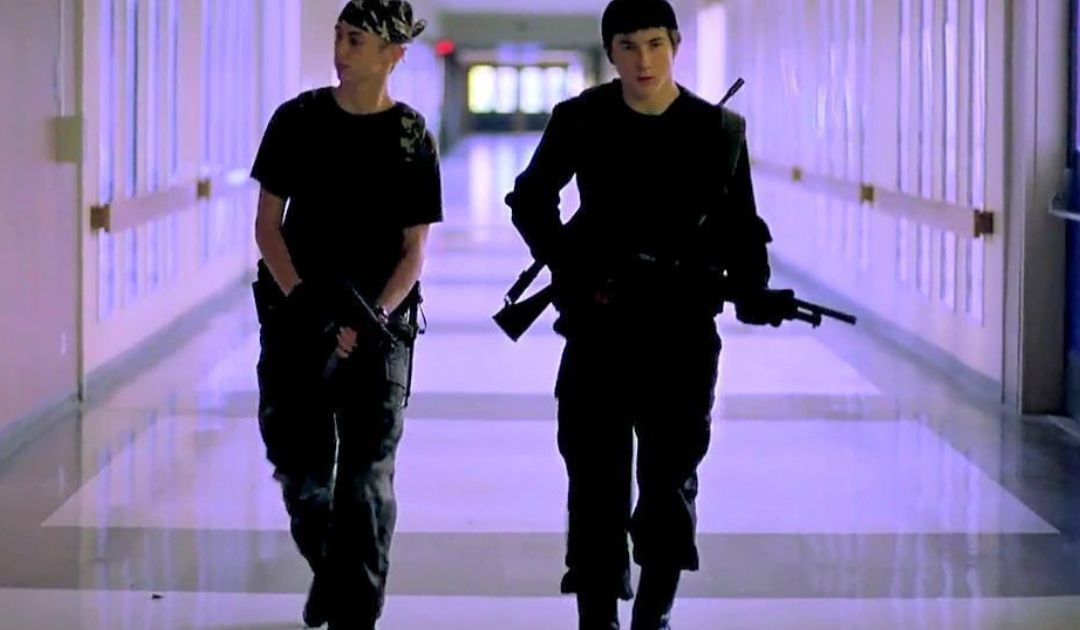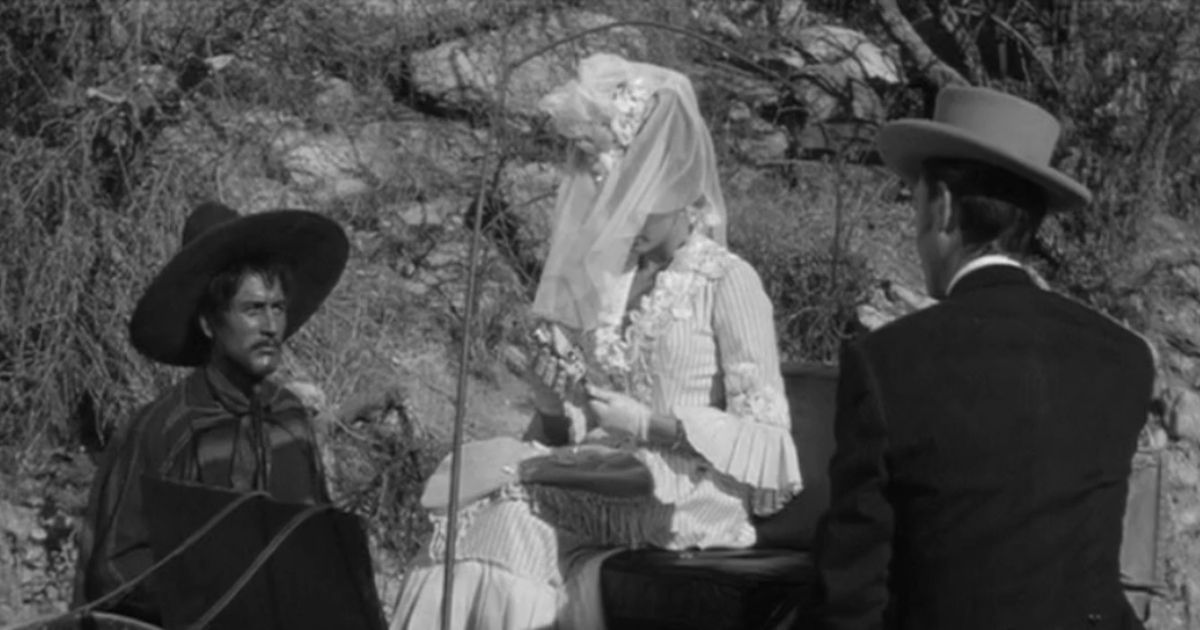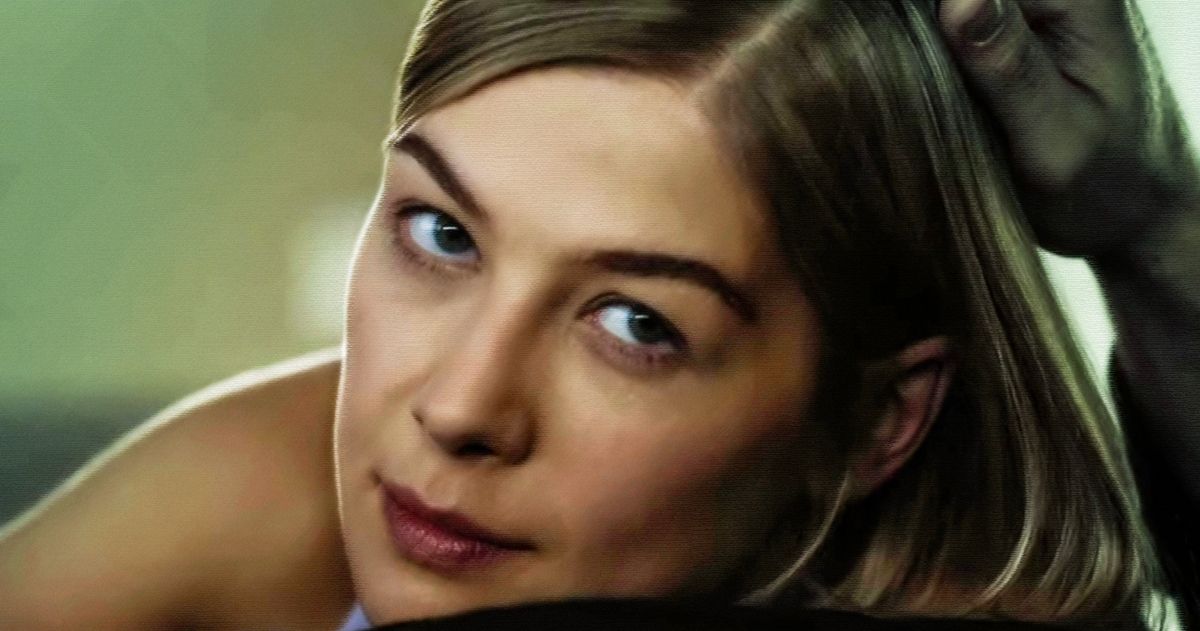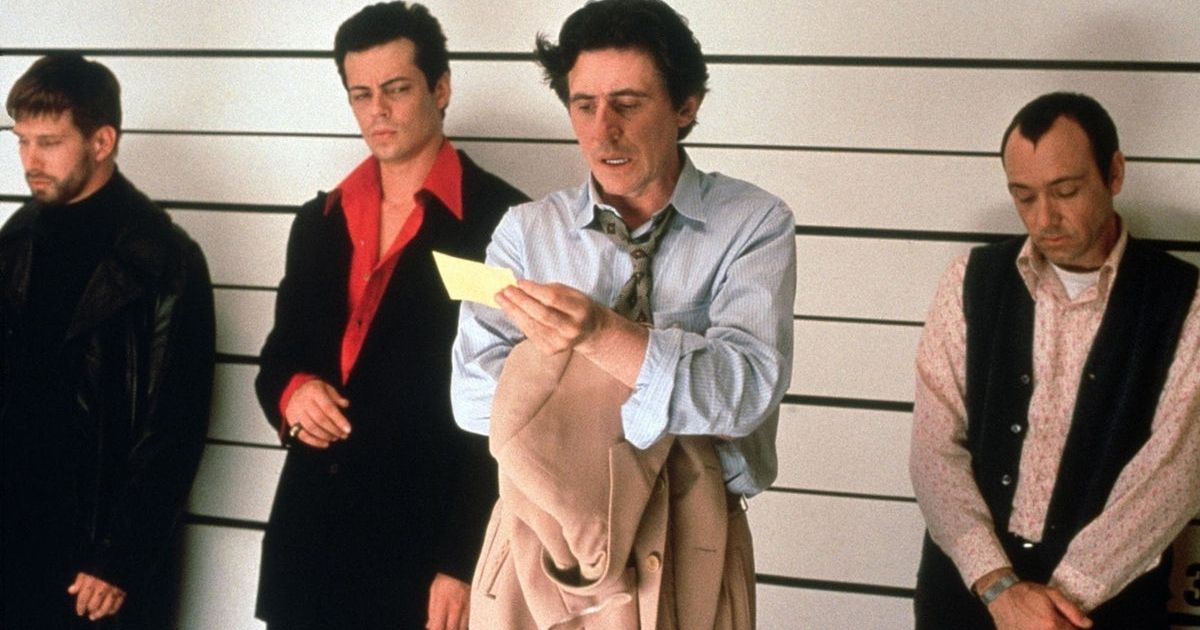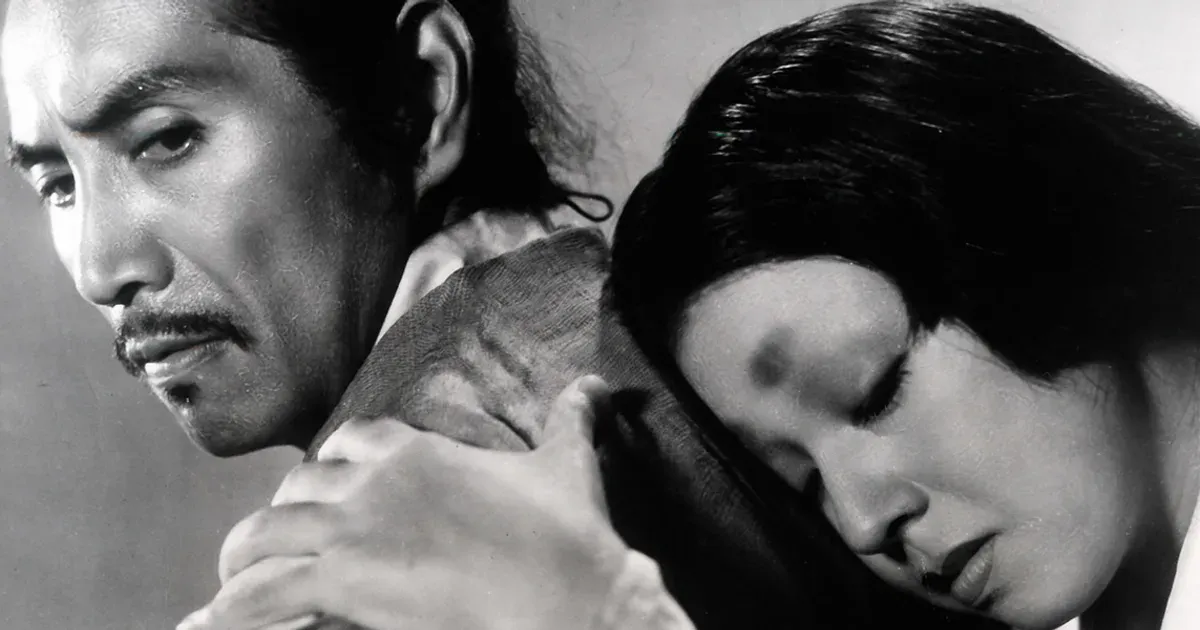The Rashomon Effect is a storytelling technique used to portray an instance where the same event is described in varying and often contradictory ways by those who were involved in or witnessed it. The term was inspired by Akira Kurosawa’s 1950 film Rashomon, which was the first film ever to use the revolutionary technique. Even though Kurosawa had been making films since the 1940s, Rashomon was his breakthrough hit that received immediate recognition in the form of critical praise and award nominations.
Rashomon is a psychological crime thriller that uses innovative camera techniques and flashbacks, to describe varying eyewitness accounts of the murder of a samurai and the assault of his wife. The film was praised for its examination of human nature and truth, and is described as “perhaps the finest film ever to investigate the philosophy of justice.” As a purveyor of The Rashomon Effect, it goes without saying Rashomon is the movie that best utilizes this unique storytelling technique, however, since it was first employed in the 1950s, The Rashomon Effect has inspired countless films. Here are the best movies that used The Rashomon Effect, ranked.
10 Hoodwinked
The 2005 animated film Hoodwinked skillfully uses The Rashomon Effect in a modern re-telling of the classic Grimm's fairytale Little Red Riding Hood. Animal cops Grizzly and Stork are investigating a case involving Red, her Granny, the big bad wolf, and a woodsman, wherein everyone involved tells a different version of events. If you think you know how it is going to end, think again. The clever film inspired a sequel titled Hoodwinked Too!
9 Predestination
Predestination is an Australian science fiction film based on a 1959 short story by Robert A. Heinlein titled All You Zombies. While not a classic use of The Rashomon Effect (as it is not told from varying perspectives), Predestination certainly evokes the same feeling as one event is revisited multiple times through the use of time travel. If you do plan to watch the film, make sure you are paying attention, this one has so many twists and turns, it could give you whiplash.
8 Go
Go is a criminally underrated 90s dark comedy that is told in a non-linear fashion. It tells the story of Ronna (Sarah Polley), a grocery store clerk who must earn some fast cash after she is evicted. She decides to sell drugs and buys them from a maniacal local dealer named Todd. When Ronna must rid herself of evidence to avoid being busted, things take an interesting turn. The film is told through three different perspectives, that of the main protagonist Ronna, a DEA agent, and a gay couple. The use of varying perspectives helps to keep the audience engaged until the final climax.
7 Vantage Point
Vantage Point is a 2008 political thriller directed by Pete Travis that details an assassination attempt on the President of the United States. Out of all the movies on this list, Vantage Point probably uses The Rashomon Effect in the most extreme sense as it delivers eight different eyewitness accounts of the events that take place in Salamanca Spain. Vantage Point delivers a surprisingly good action thriller with multiple twists and turns.
6 Talvar
Talvar is based on the real-life double homicide of Aarushi Talwar and Hemraj Banjade. The gripping story is told from three different perspectives, one of which is the parents of one of the victims, a teenage girl, who are also prime suspects in the case. As the case had received such heavy media coverage, director Meghna Guzzal set out to make a film with contrasting points of view, allowing the viewer to reach their own conclusion. The result is an intense and disturbing thriller you won't soon forget.
5 Elephant
Gus Van Sant's Elephant is loosely based on the Columbine High School Massacre of April 20, 1999. The film follows the points of view of several different students leading up to the school shooting. Each point of view reveals more than the last to help audiences piece together the events. The clever use of lesser-known actors really adds to the eeriness of the film. Elephant won the Palme d'Or at the 2003 Cannes Film Festival.
4 The Outrage
The Outrage is a 1964 American movie remake of Kurosawa's source material, set in the old west. Similar to the original the story is told from the point of view of three men, a prospector (Howard Da Silva), a con man (Edward G. Robinson), and a preacher (William Shatner). A fourth account of the events is also told through an Indian Shaman (Paul Fix). As each account is revealed the validity of the events begs to question. While not as powerful as the original, The Outrage is still an entertaining examination of truth and justice.
3 Gone Girl
Gone Girl is a psychological thriller based on Gillian Flynn's 2012 novel of the same name. After Amy Dunne is presumed dead, her husband Nick Dunne ends up the prime suspect. The first half of the film is essentially told from Nick's perspective, whereas the second half of the film is told from Amy's perspective. The screenplay adaptation is beautifully done, which is probably because it was done by Flynn herself. The eery subject matter is only made tenser by Trent Reznor and Atticus Ross's elegantly haunting score.
2 The Usual Suspects
The Usual Suspects is a 1995 crime mystery that follows an investigation into a deadly boat explosion that leaves 27 men dead. The operation is an apparent payback job for criminal mastermind Keyser Soze. Despite only exercising one point of view and not differing perspectives, The Usual Suspects does draw inspiration from Kurosawa's original source material. Both films make the audience question the authenticity of the events, by utilizing an unreliable narrator.
1 Rashomon
Akira Kurosawa's original 1950 film is without question the best use of The Rashomon Effect. The film was considered groundbreaking at the time of its release and inspired countless future films. Kurosawa's use of skillful camera work and exercising different points of view resulted in a startling examination of the nature of truth. Earning a four-star rating from Roger Ebert, Rashomon received international recognition and won several awards including the Golden Lion at the Venice Film Festival in 1951, and an Honorary Academy Award in 1952.

